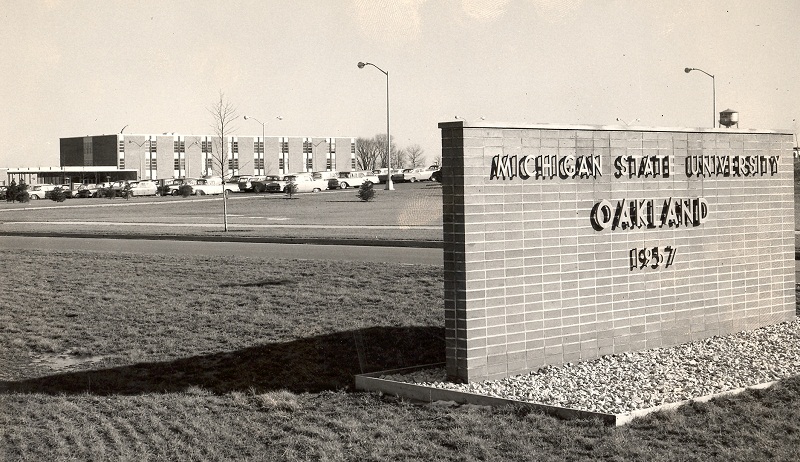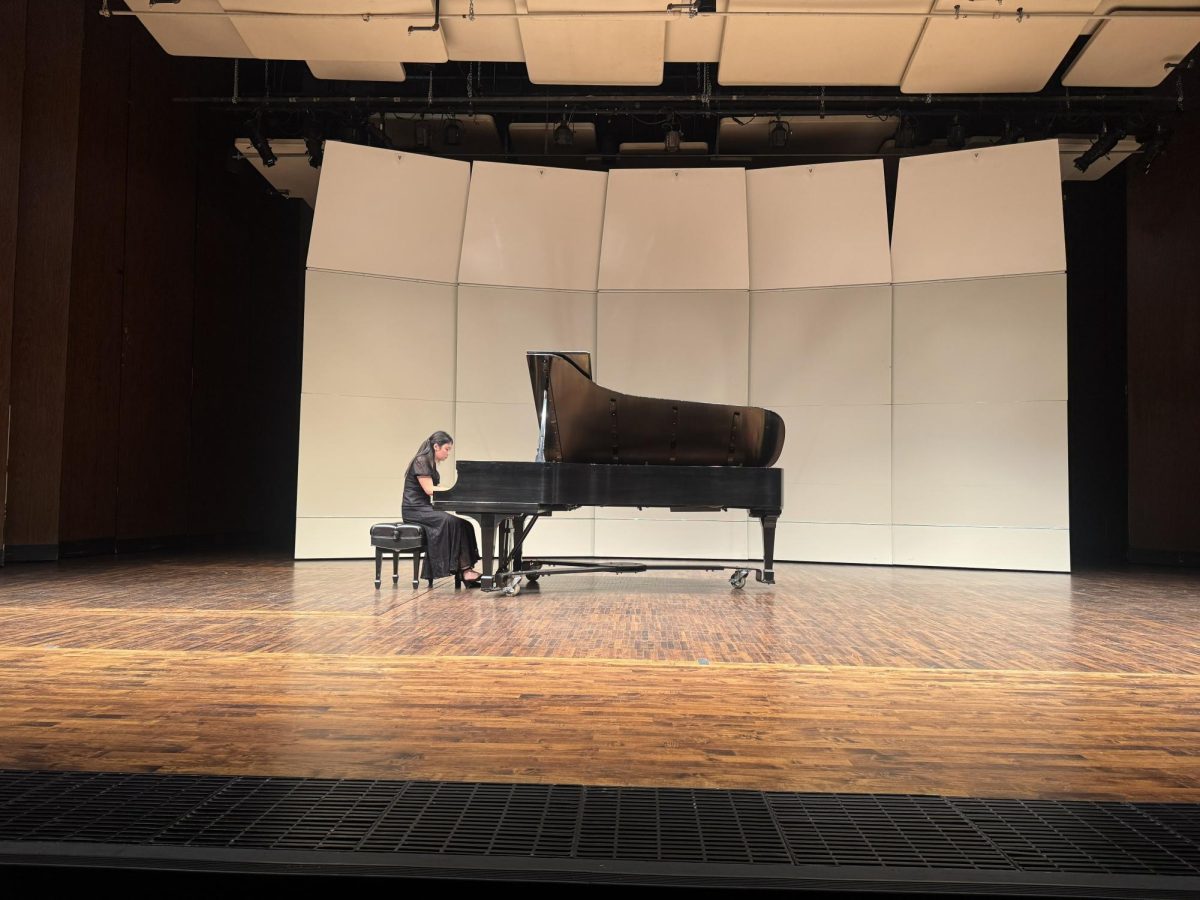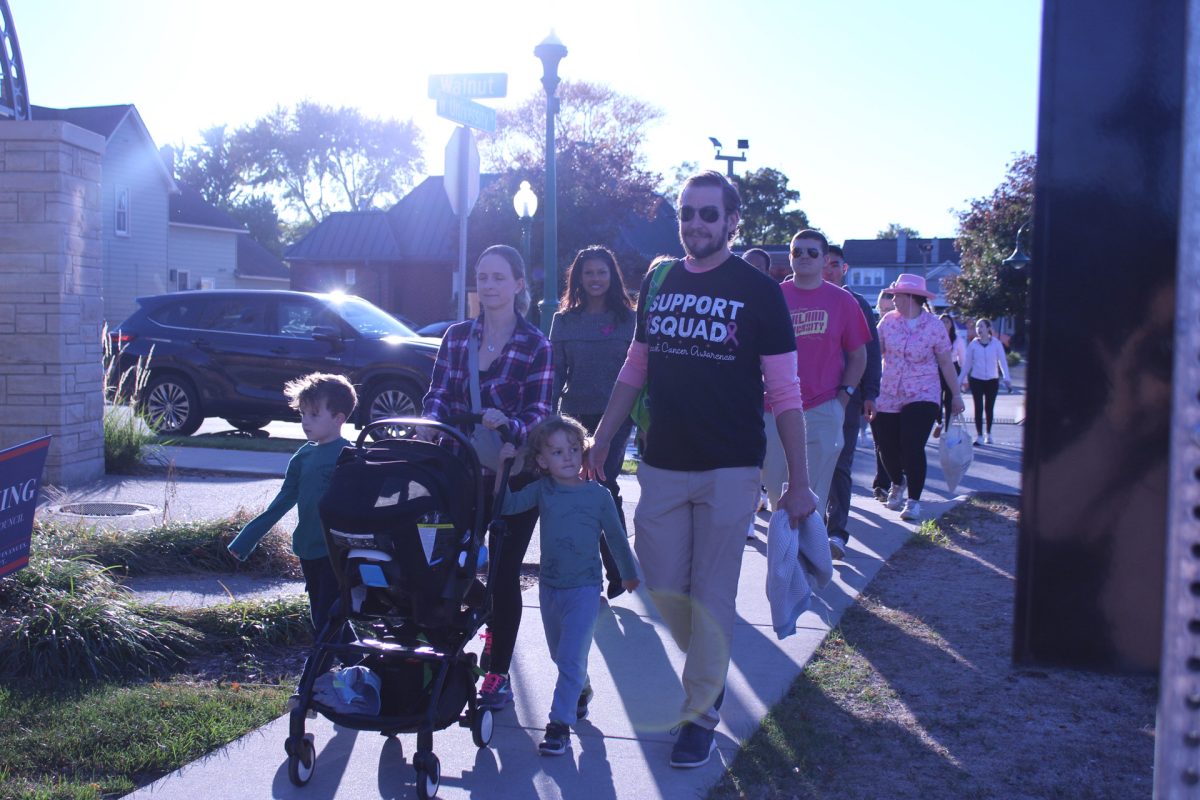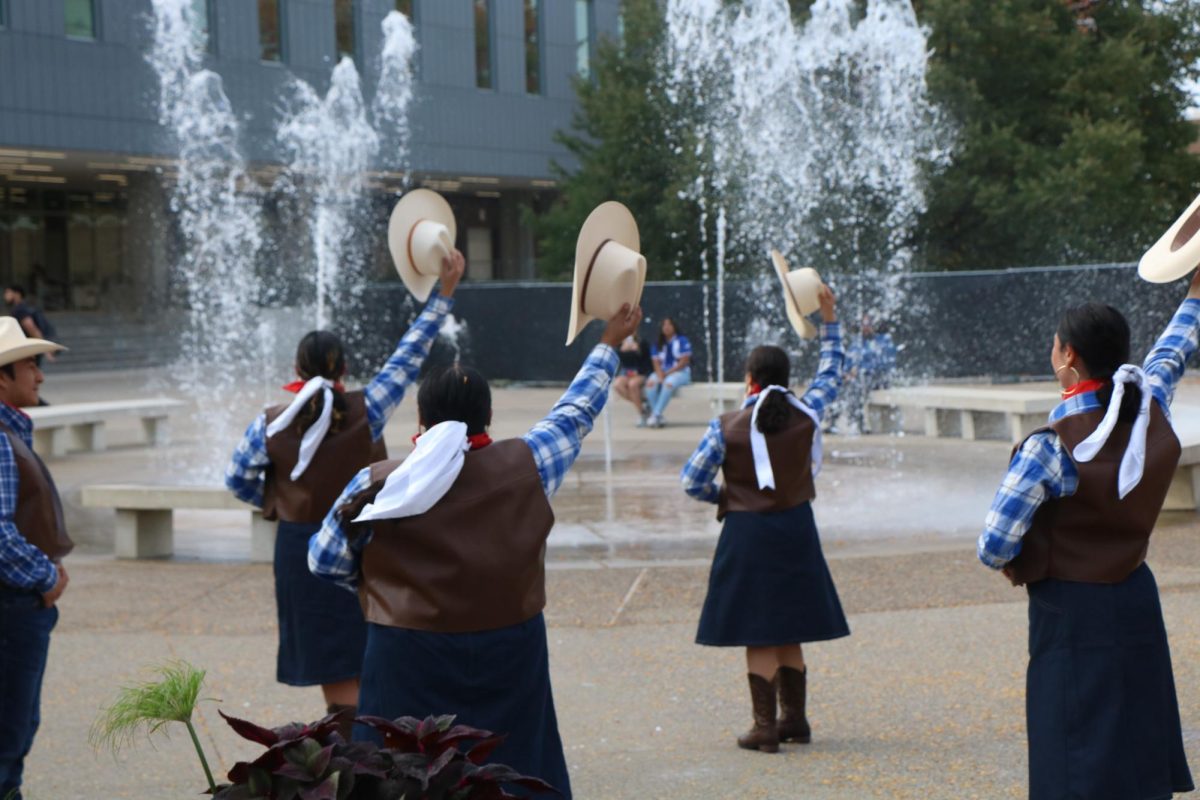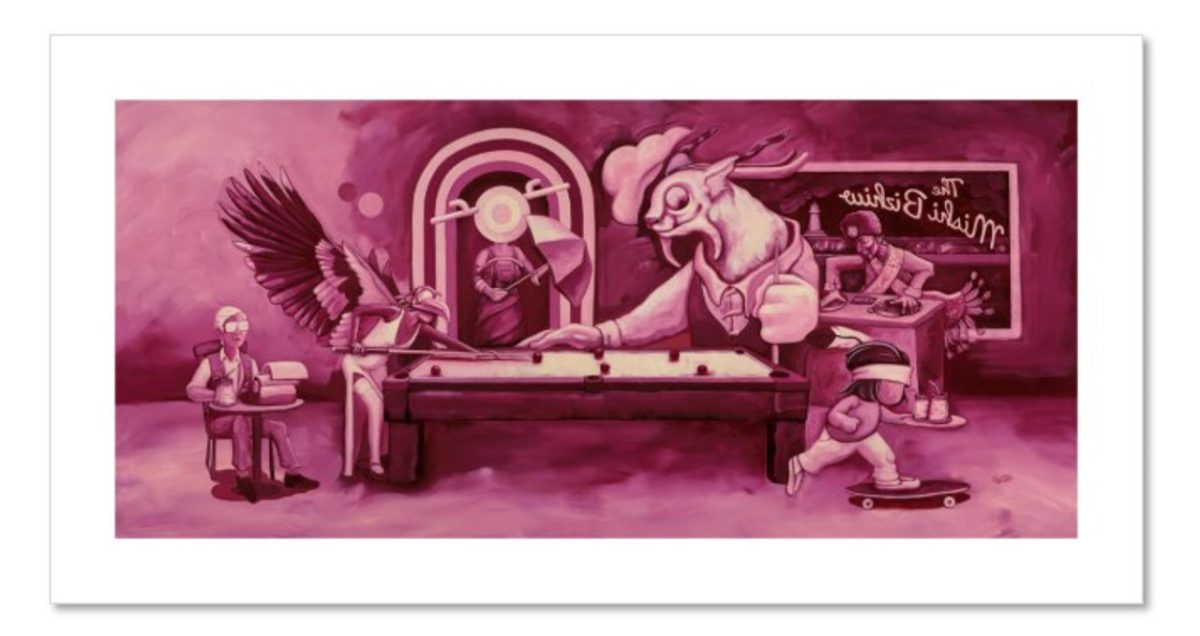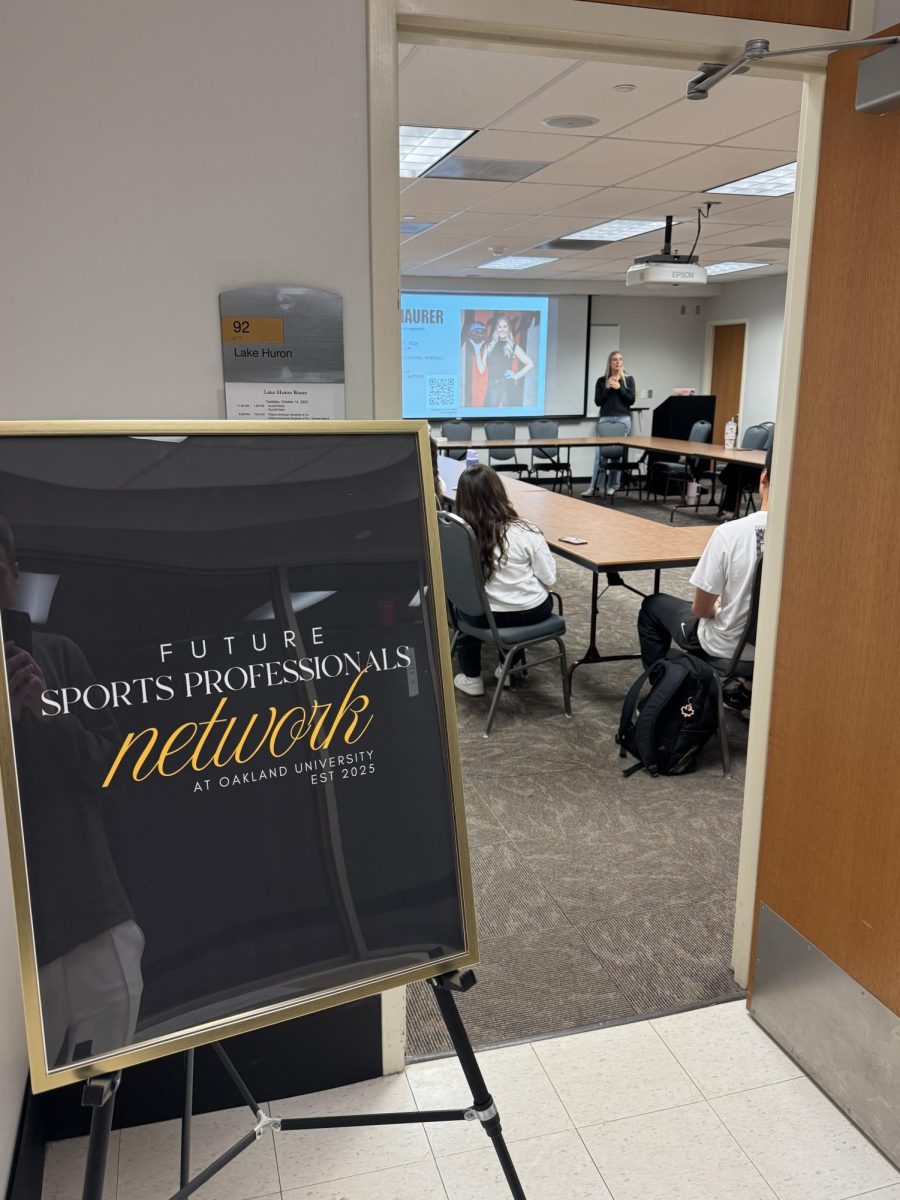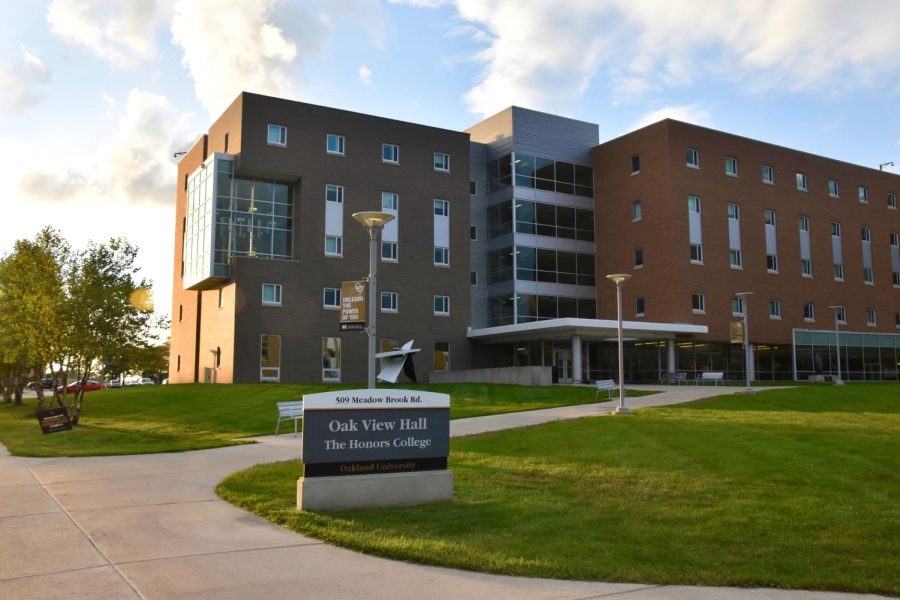Oakland University was not always Oakland University.
One of the younger universities in the state, OU began as Michigan State University-Oakland (MSU-O), a sister school to MSU.
The establishment was made possible by a donation from Matilda Dodge Wilson and Alfred Wilson to MSU in 1957. The couple donated the entirety of their 1,400-acre estate to become OU’s campus and donated an additional $2 million to establish the university.
The Wilsons were approached by Robert Swanson, chairman of the Oakland County Planning Committee, with the idea of situating a college campus on the Meadow Brook estate at a time when there was a growing need for higher education in the area — in 1957, Oakland County was the largest county in Michigan without a public university.
Matilda had already considered what to do with the estate and was pleased with establishing a college — especially with MSU, as she had earlier served on the university’s Board of Regents. She had asked MSU president John Hannah if he was interested in the new campus being affiliated with MSU, to which he heartily agreed.
The donation was announced in early 1957 by Matilda at a luncheon for industrial, business, educational and political leaders from Oakland County and representatives of MSU at Bloomfield Hills Country Club.
“We are very happy to turn Meadow Brook Farms over to Michigan State University. My long association with Michigan State University has shown me the tremendous contribution it is making to our educational and cultural life,” Matilda said. “Mr. Wilson and I have admired the policies adopted in East Lansing, and we believe the institution has a tremendous future in this area. We are very happy to be of assistance.”
D.B. Varner, former MSU vice-president of off-campus education and legislative relations, spearheaded the creation of the university and became its first chancellor. In a 1996 interview, he said he felt like “a real pioneer” in the venture.
In the background of MSU-O’s founding was the rivalry between MSU and the University of Michigan (U-M) — as Varner tells it, there were rumors U-M was surrounding MSU with branch campuses to “choke it out.” When Varner received a call that U-M was about to announce a donation from Ford Motor Company to create a branch in Dearborn, the deal between MSU and Matilda was expedited and announced ahead of U-M.
The groundbreaking ceremony took place on May 2, 1958. In the fall of 1959, OU held its first convocation. OU had merely two buildings, 24 faculty members — all young, new PhDs — and 570 first-year students. It had no sororities, fraternities, athletics and dormitories for the sake of being “no frills” — an idea that emerged out of the Meadow Brook seminars in 1958, which brought together leaders from several fields to flesh out the idea of the university.
Varner said the Space Race was a huge factor in determining the university’s vision.
“Here Russia already had Sputnik One going around the world, and we were sitting here twiddling our thumbs wondering why we hadn’t been able to do it,” he said. “There was a lot of heat generated about what higher education was doing, that maybe it was frittering away its resources when we should have been doing things more visible in terms of world leadership. That was part of the background of this whole institution and the development of it and its curriculum.”
Faculty and students had a very close relationship in the early years, mingling at picnics, square dances and other events hosted by the administration. Local farms accommodated students, and a faculty subdivision was built on the east side of campus for faculty to live nearby.
Additionally, Matilda was active in the community, for she still lived on the estate. She was often seen at tea parties, balls and graduation ceremonies — at the charter class’s senior dance, she gave each student a gold class ring with a diamond.
MSU-O was renamed OU in early 1963, though it remained affiliated with MSU until 1970. By that point, the university began to flourish with over 5,000 students, five major schools, a graduate program and continued to grow after gaining independence.
Looking back, Varner said the community that came together made the university possible.
“We were a team. It’s one of the great strengths of Oakland,” Varner said. “We had a family mentality that we had a task to do, and we buckled down, all of us. We sort of held hands and gathered in a tight circle.”



